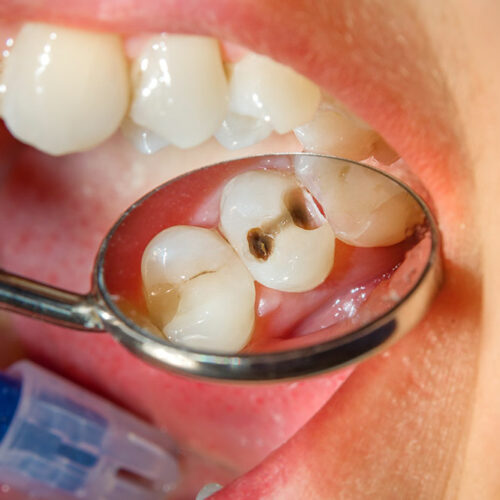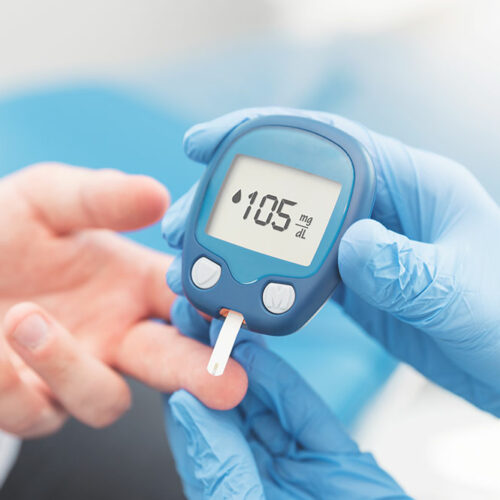5 common signs of gastrointestinal disorders due to excessive sugar

Your body needs some percentage of sugar to generate energy for the cells and organs. So it is okay to have sugar in your meals and snacks in moderation. When you start having excess sugary foods, the body cannot utilize the extra sugar. This leads to several health disorders, including issues related to your digestive system. On that note, here are a few signs of gastrointestinal disorders due to excessive sugar. Bloating and gas Eating too much dessert or other sugar-based foods can make you feel good—but only for a while. However, you will soon feel bloated due to the increased gas production in your intestines. In addition, the sugar prevents the appropriate absorption of water in the intestines, causing you to feel a lot of bloating. The gas and bloating can cause a lot of discomfort. Diarrhea or constipation Consuming excessive sugar can disrupt the balance of gut bacteria in your digestive system. This can cause changes in your bowel movements. Also, there is barely any fiber or fluid in most sugar-based foods, such as pastries, cookies, and cakes. These factors can lead to diarrhea or constipation, affecting your gastrointestinal health. Abdominal pain or cramping You can experience these gastrointestinal signs due to excessive sugar, especially when the foods contain sorbitol and xylitol.






